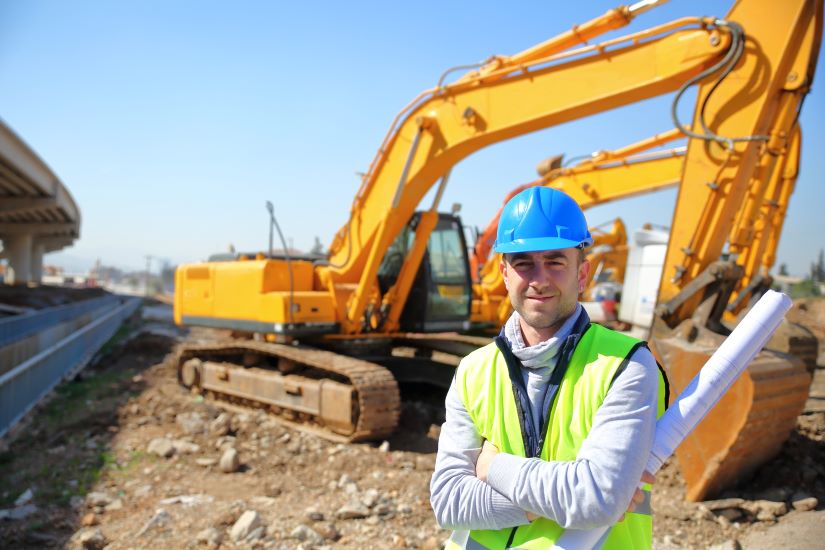
Construction jobs do not at all come under the category of easy tasks. It isn’t just because of the physical exposure but it’s the management of heavy construction equipment onsite. It does become daunting for the construction crew especially if they have to adhere to strict project deadlines.
Common construction site injuries vary from slips, falls, trips, and exposure to hazardous substances or heavy equipment.
Therefore, maintaining a safe environment is highly necessary for all construction company owners and contractors to smoothly execute operations under the U..S construction site safety regulations.
A safe construction worksite doesn’t only increase productivity but also creates a safe environment of harmony to retain workers of all age groups, amid labor crises in the U.S.
According to a National Safety Council report, the total injuries on construction sites have exceeded $170 billion.
Additionally, OSHA claimed that construction industries save up to $1 over a $4 to $6 investment in worker safety programs.
To follow the local and national safety compliance regulations, consider following the safety guidelines below and commit to a safe construction workplace in 2024;
1. Safety-First Culture
Complying with construction sites can’t happen overnight, it needs time, dedication, and culture to follow. You need to launch safety checklists and prioritize talking and practicing worksite safety protocols.
From upper management to middle managers to lower laborers, you need to be aware of them all about practicing a work culture that exhibits high levels of safety. Allow workers to conduct safety regulations on their own and raise voices against loopholes to mitigate all potential safety risks.
To make them feel heard, reward them for their contribution towards the development of a hazard-free construction site.
2. Keeping Up With Heavy Construction Equipment
One of the most common safety hazards is the wrong handling of heavy equipment. Several fatal injuries are caused due to the operator’s safety negligence and untrained staff.
As a responsible contractor is site engineer, you must maintain and keep up with the heavy equipment usage log history.
The log must cover heavy equipment inspections before the operation to avoid uncertain equipment downtime and putting worker’s life at risk. If the wavy equipment is placed outdoors it becomes vulnerable to environmental damage.
Therefore, it’s important to keep up with the equipment’s condition before and after the construction operations.
3. Distribution Of Personal Protective Equipment
As the name suggests, personal protection equipment is designed to save operators on the machine and nearby workers from heavy construction equipment breakdown or any other hazard.
PPE involves safety gloves, goggles, knee pads, helmets, damage-proof jackets, earplugs, and similar accessories that can prevent workers’s delicacies.
Analyze the operations at your site and invest in relevant PPE to protect your tangible assets i.e. labor resources.
4. Integration Of Safe Products
A little input towards buying an eco-friendly product can help you a long way in the journey of adhering to safety compliances.
Select products that are safer for your people as well as the surroundings.
Make sure the products you buy are formulated with solvents that are used to deal with hazardous chemical contaminants.
5. A Mentor For All Policy
As per the latest report by the Bureau of Labor Statistics, a ratio of 60% of injuries occur during the first year of handling heavy construction equipment. The hidden reason is the absence of membership and guidelines to use heavy construction machinery safely.
As an employer, your main work is not extracting maximum work from employees but you should also pay an extra eye on new joiners.
On the field, mentors can serve as a safety resource to train the young fleet with safety mannerisms to deal with heavy machinery and relevant construction site exposure.
Conclusion
With a total of 700,000 employers and more than 70 million laborers, the construction industry is one of the top contributors to the U.S. economy.
Therefore, keeping up with labor safety is a crucial factor to evaluate and mitigate.
Moreover, since the construction and heavy equipment sectors are already facing labor shortages, maintaining the safety of the current employees is a must to preserve labor resources.
Only through timely interventions, attention to detail, and an eye for labor can help in the sound creation of a secure construction worksite in the coming years.